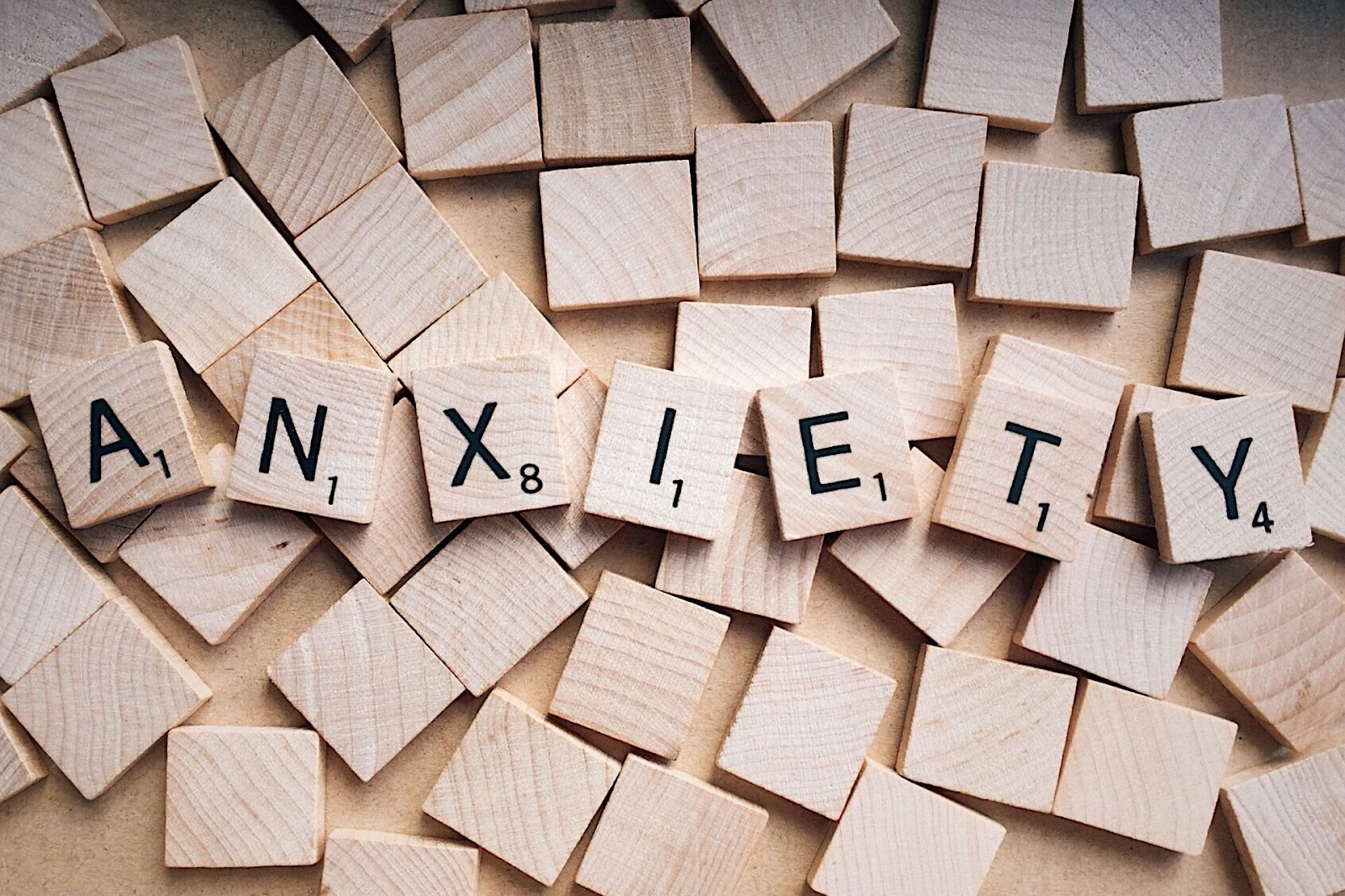Story of the Week: Making Friends with Anxiety
By - Robyn Zagoren
A friend and I were laughing about a shared experience as the waiter placed my lunch before me, a delicious Caesar salad with the works. However, a few bites in, I noticed a disturbing feeling.
My fingers started tingling. The sensation crept up my hands. It moved into my feet, then my legs. Suddenly, my breathing quickened. The muscles in my hands and legs started to cramp. My vision became blurry, my heart began to race and my face felt numb. I was shaking uncontrollably, and my fight-or-flight response set in. Should I get up and run? And if so, where to? I didn’t understand what was happening to me. The thought that I would die in a health food restaurant petrified me–the irony! As the terror took over, I couldn’t help but laugh as I tried to maintain my sense of humour amidst the angst.
Then these physical sensations intensified into a feeling of dread. Everything went black.
It turns out that I was having the first of many panic attacks. The panic would roll over me for no apparent reason, anytime and anywhere. The fear was palpable. I didn’t share what was going on with my friends; I was ashamed, thinking that they wouldn’t want to hang out with someone who was losing it. I became well-versed at making excuses to avoid situations that might trigger an attack, so I missed out on opportunities. My life started getting smaller. I was 19 years old: the prospect of living my life this way was terrifying and isolating.
My doctors prescribed several different medications to bring me back to a ‘normal’ state and reduce the number of anxiety attacks I was having per day–sometimes as many as six. They took tests to see if an underlying medical condition was causing the attacks.They had no idea what was wrong with me. One doctor told me I had type 2 diabetes, while another said I was severely allergic to certain foods and handed me an epinephrine pen. Another suggested that my childhood trauma–growing up watching my parents’ loveless marriage–was the root cause, and I should join a therapy group. After losing weight (from changing my diet to avoid allergens), they decided I had an eating disorder.
The fear of anxiety was making me clinically sick. How did I go from being a healthy college student and athlete to suffering from panic attacks and other medical conditions in a few weeks?
It turns out that trauma and stress can play havoc with your health.A few months into my battle with anxiety (it felt like a war everyday), one of my professors asked me to help teach elementary school-age students how to handle stress. A study at Harvard University was evaluating progressive relaxation meditations, using mindfulness. I jumped at the chance; I loved teaching, and I wondered if it might help me, too.
The students would lie on a mat, listening to a recording taking them through contracting and relaxing different muscles in sequence from their feet to their heads. The meditation left them in a relaxed state. Their minds began to recognise when their bodies grew tense, so they could head off the stress response: the fight-or-flight feeling. It was magical. The students loved it. That night I lay in my dorm room and I practised the meditation. Best.Sleep.Ever.
That was my introduction to mindfulness meditation. I started to realise that fear was not infinite, but a guest in my life. How I treated that guest was up to me. I immersed myself in the world of mindfulness.
Practice of the Week
Three Claps, Five Senses
When you start to feel anxious, take a moment to calm your mind and focus on your surroundings rather than your thoughts. This exercise will help you soothe your anxiety by connecting you to your surroundings through your five senses: sight, touch, sound,smell and taste.
1.Clap your hands as hard as you can three times. Notice the sensations in your hands and fingers: any tingling, stinging or numbness. Do your right and left hand feel different from each other? Slowly breathe in and out (preferably through your nose) for one minute as you focus on the sensations you feel in your hands. If you can, make the exhale slightly longer than the inhale.
2. Move your attention to notice five things that you can see.Try to pick something you might not usually notice. It can be a colour, an object, the way the light looks on a surface–look for something subtle or a part of something, not the whole.
3.Next, notice four things you can feel. Bring awareness to the texture of your clothes, the contact of your feet with the ground, how your hands feel now, or the temperature of the air.
4.Now, notice three things you can hear. Take a moment to listen to the sound of a fan, a bird, traffic, laughter or perhaps the quiet around you.
5.Next, notice two things you can smell. Bring your awareness to the scent, such as food cooking, lavender,chocolate or pine trees.
6.Notice one thing you can taste. Mindfully take a drink or a bite of food and slowly enjoy the experience, or imagine something yummy.
7.Finally, inhale deeply and exhale slowly, noticing how your body feels now.

تعليقات
إرسال تعليق